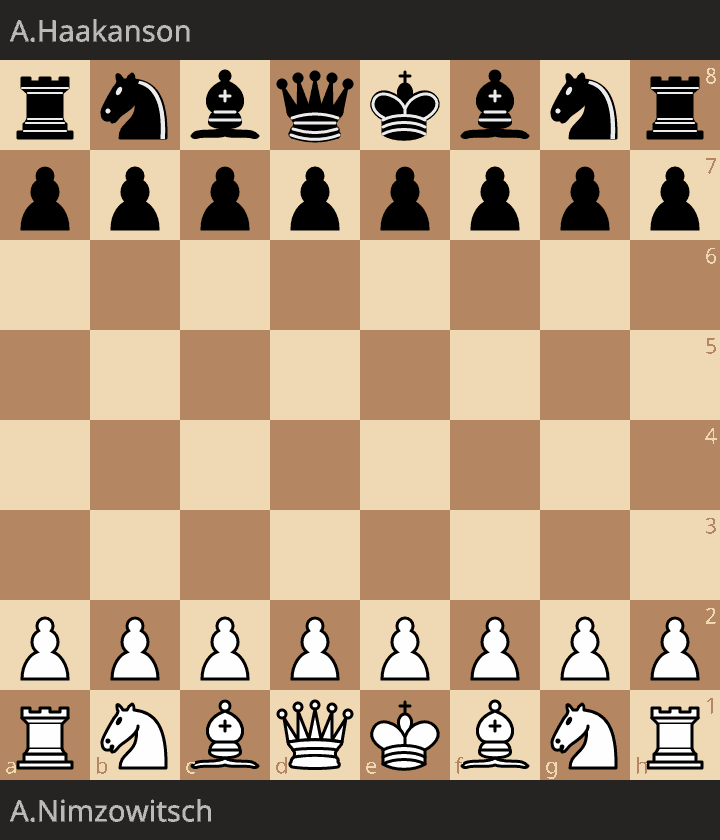Book Review: Nimzowitsch, Move by Move, by Steve Giddens
Nimzo's Best Hits in 30 annotated games.
In the middle of my studying of Capablanca, I would take breaks and study some of his contemporaries (other than Alekhine). So if I couldn’t easily find a collection, I would default to the Move by Move series by Everyman Chess. These books are great in general, and act as a sort of teaser for understanding a player at their best.
The three players I visited in between Capablanca books were Rubinstein, Nimzowitsch, and Reti. Of the three, Nimzowitsch, Move by Move was probably the one that left the least strong impression on me. It’s not that the book is bad, as much as how surprisingly good especially the treatment on Reti is. But that will be a review for a later time.
The book is divided into five main chapters, which focus on different aspects of Nimzo’s play: Attack, Defense, Blockade, Strategy, and the Endgame. The most interesting chapters are clearly on “die Blockade” and strategy. Nimzowitsch was one of the foremost — perhaps the most important even — thinkers on hypermodern chess, so it is a definite treat to see him in action. But I think the order of the book, or at least, starting with attacking, is instructive. Nimzowitsch was a fine tactician. In fact, some of his ideas were suspicious but for his tactical finesse, so it’s important to see that he wasn’t some theorizing slow-poke over the board. He was a fierce fighter.
Look at Game 2. Look at how Nimzowitsch plays this French as White: Watch the queen get bullied over to the a8 square; and then the flourish at the end.

There are some very interesting and educational moments in this book. For instance, Game 12 explores Nimzowitsch’s concept (radical at the time) of replacing the center-occupying pawns with pieces which blockade the enemy pawns:
What’s interesting about this game in particular is that I’ve been studying Alekhine’s games from 1905-1920, and Nimzo was clearly a much more interesting player at least at the time. His renegade style is on full display in this game.
Nimzowitsch is known for pioneering many interesting openings, some of which have become hypermodern mainstays. So it’s nice we get a taste of his best games in these lines. For instance, Game 3 (and others) begins with 1.Nf3 and 2.b3, we get a Nimzowitsch Defense (1.e4 Nc6!?) in Game 10, the evergreen Nimzo-Indian Defense in Game 13, and so on. We also get to see an English that he played against Rubinstein in 1926 — and it doesn’t transpose to a QGD, it’s a straight up real English opening. Because Nimzo experimented a lot, we get to see lots of interesting ideas play out during a time when they mostly derided for being eccentric.
Nimzowitsch in the endgame is not to be missed either. He’s not known for his endgame skill, but he had plenty of it, and the importance of this skill is indeed strongly represented when you watch Nimzo outplay Reti in what looks like it should be a drawn rook + bishop vs rook + pawns endgame:
This will probably not be my last outing studying Nimzowitsch — I think I’ll take the time to at least play through his games in My System at some point to see what he thought about himself; but I do think that Nimzowitsch, Move by Move, is a good, if brief (30 games) treatise on what the essence of Nimzowitsch’s style really was all about.







